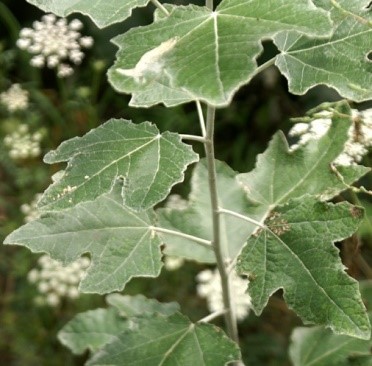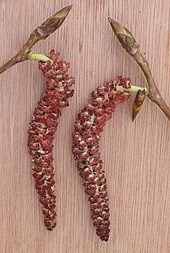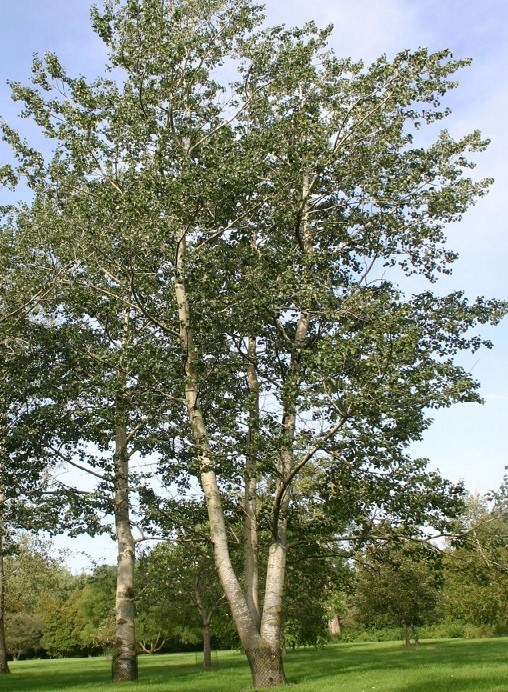Trees
Populus caspica Bornm.
Populus caspica Bornm.
Description :
A
medium to large, deciduous tree 12 to 20 m or more tall, with diameters of 30
to 50 cm. The trunk is erect and the crown spreading. The leaves are simple, 3
to 5 lobed, 5 to 10 cm long and broad. The bark is smooth, light grey to
greenish white in color. It is dioecious. The male catkins are 5 to 10 cm long
and the female catkins are 5 cm long. Flowering and seed production occurs
between March and May. It can be coppiced. The foliage when attacked by rust
and powdery mildew can be considerably damaged. It is reproduced from seed and
by vegetative means. The seed is small, light and win d disseminated. Growth is relatively fast. Diameter growth of 1.5
to 2.0 cm a year is not uncommon. Grains very fine, straight and even textured.
Wood is white having specific gravity of 0.49 and a calorific value of 5900
kcal/kg, with moderately light strength.
Distribution :
The tree is native to Europe, North Africa, the Middle East and Asia. In
Pakistan it grows in the Himalayas, Karakorum and Hindukush. It has been successfully planted in Peshawar
valley and the hills of Punjab. An intolerant tree that grows best on deep
moist soils but can grow on a variety of sites. It is adapted to a
precipitation zone of 750 to 1250 mm/yr or more, in a temperature range of -3
to 35°C. It prefers a humid, cool cold temperate, subtropical temperate
semi-arid, cool temperate, Mediterranean climate.
Uses :
This tree has the potential to control erosion on steep hillsides. It
should be used in the hill regions on problem watersheds, because of its growth
rate and ease of reproduction. Growth on the plains has not been good. Also
used as fuel, packing cases and crates, matches, erosion control and
reforestation, plywood, and fodder.



